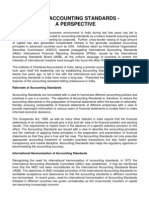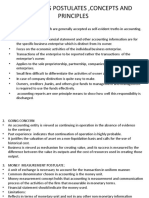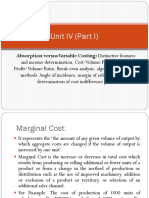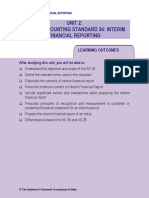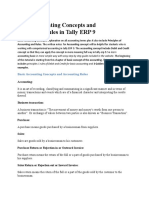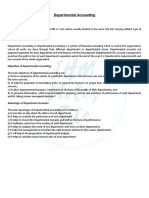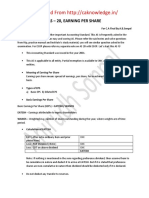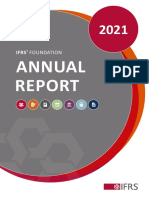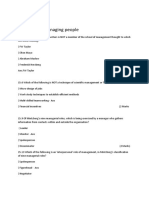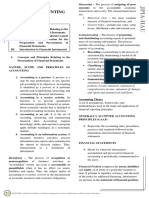0% found this document useful (0 votes)
2K views9 pagesCA Inter Accounting Standards Guide
The document provides an introduction to accounting standards. It discusses what accounting standards are, why they are important, and how they help standardize financial reporting. It also describes Indian accounting standards (Ind AS), how they converged with international financial reporting standards, and the government of India's multi-phase plan to implement Ind AS.
Uploaded by
HaniCopyright
© © All Rights Reserved
We take content rights seriously. If you suspect this is your content, claim it here.
Available Formats
Download as PDF, TXT or read online on Scribd
0% found this document useful (0 votes)
2K views9 pagesCA Inter Accounting Standards Guide
The document provides an introduction to accounting standards. It discusses what accounting standards are, why they are important, and how they help standardize financial reporting. It also describes Indian accounting standards (Ind AS), how they converged with international financial reporting standards, and the government of India's multi-phase plan to implement Ind AS.
Uploaded by
HaniCopyright
© © All Rights Reserved
We take content rights seriously. If you suspect this is your content, claim it here.
Available Formats
Download as PDF, TXT or read online on Scribd
/ 9


